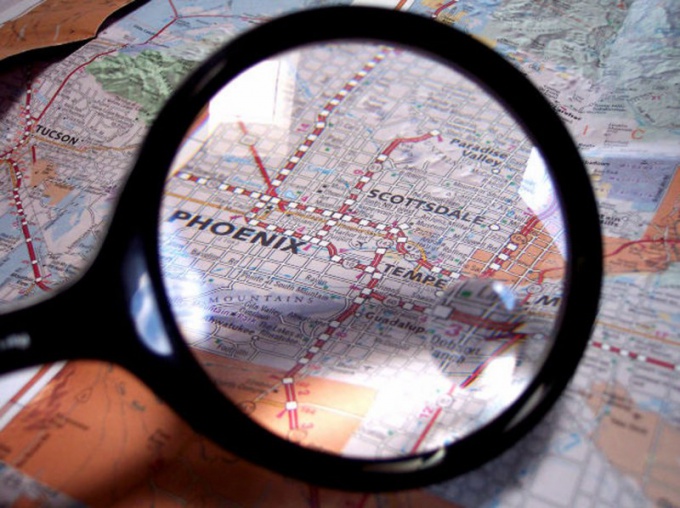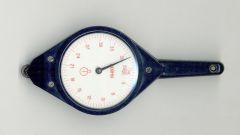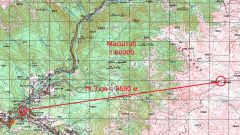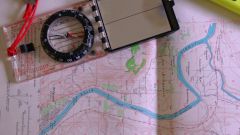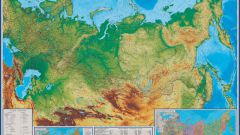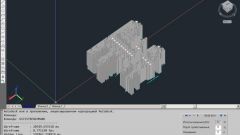You will need
- - geographical map;
- - detail drawing;
- calculator;
- - drawing utensils.
Instruction
1
If you need to draw details at a scale of 1:1, meaning that 1 cm of the surface will correspond to 1 cm on the drawing. Measure the surface you need to paint a picture and draw it on paper in full size.
2
In the drawing are applied on a different scale. 1:2 means that the part on the drawing must be two times smaller than in reality. If you specify a scale of 1;4, this means that 1 cm on the drawing is 4 cm details. Sometimes Vice versa. Very tiny object can be drawn, for example, on a scale of 4:1, 10:1, etc. If you see a similar symbol, it means that the figure of the subject in four or ten times more than it actually is.
3
In geography also requires the translation of the scale. We consider a geographical map. In one of the bottom corners you will see a line either with numbers or just numbers, e.g. 1:50 000. The numbers, of course, more than the drawing, but the principle of their translation is exactly the same, that is, in the above example, 1 cm of the map represents 50 000 cm of the earth's surface, i.e. 500 m. This map is a relatively large scale. Looking at the world Atlas, you will see a much more respectable numbers.
4
Quite often we need to translate the scale is not linear measures and square, that is, to determine how many square centimeters. To do this, measure the desired area in any convenient way. For example, using the palette. To find out the real area, it is necessary to translate the linear scale into a square, that is, to build the number of inches contained in 1 cm of the card, in a square. The resulting number multiply by the area of land depicted on the map. Thus you find out how many square meters is the territory you are interested in.
5
It is sometimes necessary to translate the scale of the volumetric object. For example, in class work, the teacher can give the task to produce the item depicted on the technical drawing at a certain scale. You need to know how much material it will need. The principle of transfer will be the same. First, find out how many actual inches corresponds to the corresponding line in the drawing. Determine the amount of detail in the drawing. It's a simple mathematical problem, the solution depends on the form of specific details. The value to which the scale, build the cube and then multiply by the volume of the part, calculated according to the drawing.
Useful advice
You can try yourself to draw a simple plan by a certain scale. For example, a scale of 1:10 for room plan will fit perfectly. Measure length of walls and large objects, determine their relative positions and draw a plan in accordance with the received data.
